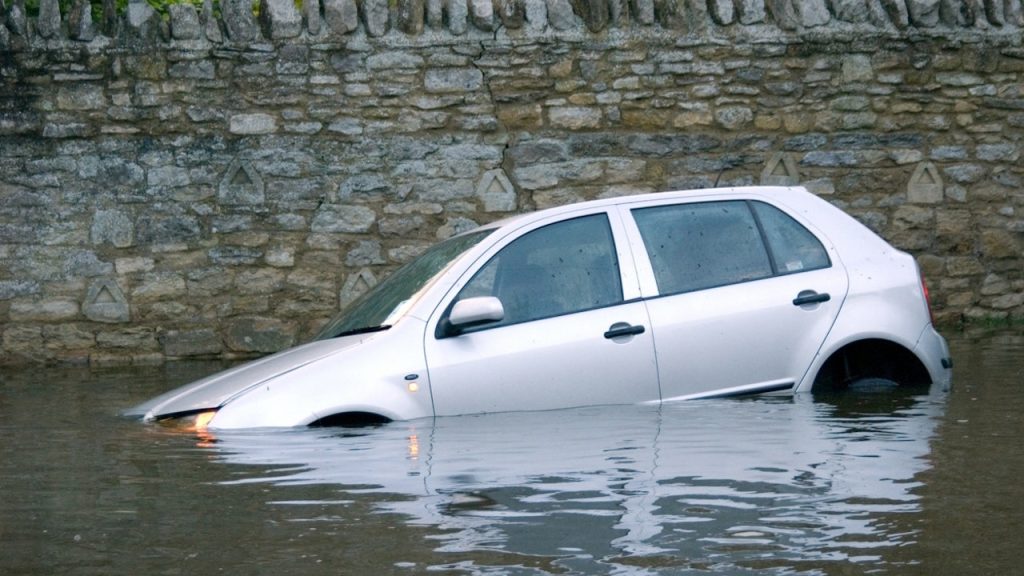Tina Paff, a certified driver rehabilitation specialist for Bick’s Driving School of Southwest Ohio, shared important tips on how to stay safe in the event of a submersion of a vehicle in water. According to Paff, water submersion incidents occur more frequently than people realize, with up to 400 deaths each year in submerged vehicles in North America, often due to flooding. While these incidents are terrifying, Paff emphasized that remaining calm and taking immediate action can increase chances of survival. She advised drivers to brace themselves, release their seatbelt, and open the front window quickly to escape as soon as possible if their car is heading for a plunge.
In the event of a submersion, Paff recommended that the first step is to release the seatbelt as soon as the car hits the water, followed by opening the window to provide an escape route before the car fills with water. If there is someone in the backseat, removing the headrest can help them swim out through the front window. If there is no time to open the window, breaking the window with a tool like an emergency hammer, which Paff suggests keeping in the car, can be an alternative. If all else fails, attempting to push the door open with your feet after unbuckling the seatbelt may be necessary. First responders advise the acronym POGO for escaping a submerged vehicle: Pop the seatbelt, Open the window, and Get Out.
To prevent dangerous submersions, Paff recommended caution when driving through shallow water by maintaining control of the steering wheel with both hands, driving at a slow and steady pace, avoiding braking or speeding up, and testing the brakes after exiting the water. The National Weather Service’s “Turn Around Don’t Drown” campaign advises against driving through standing water, but if caught in a flash flood, experts recommend staying away from water above halfway up the tires, attempting to reach the roof if necessary, and holding onto stationary objects in the water if slipping. Overall, remaining focused, avoiding panic, and taking immediate action are key steps to surviving a water submersion incident.
In instances where a vehicle becomes submerged quickly, staying calm and following proper protocols can make a significant difference in survival. Paff highlighted the importance of seatbelt removal and opening the window promptly to create an escape route before the car fills with water. Keeping an emergency hammer or having a removable headrest handy can facilitate breaking the window if necessary. For drivers unable to exit through the window, using their feet to try and push the door open after releasing the seatbelt may be an alternative. It is crucial to act quickly and effectively to maximize chances of survival.
While it is essential to remain cautious and avoid submersion incidents, it is crucial for drivers to know how to react if they find themselves in such a situation unexpectedly. Paff’s advice on remaining calm, releasing the seatbelt, and opening the window promptly aligns with first responders’ recommendations for escaping a submerged vehicle. By being prepared and following these guidelines, drivers can increase their chances of survival in the event of a water submersion. Remembering the acronym POGO and taking immediate action are critical steps to staying safe in a potentially life-threatening situation on the road.


